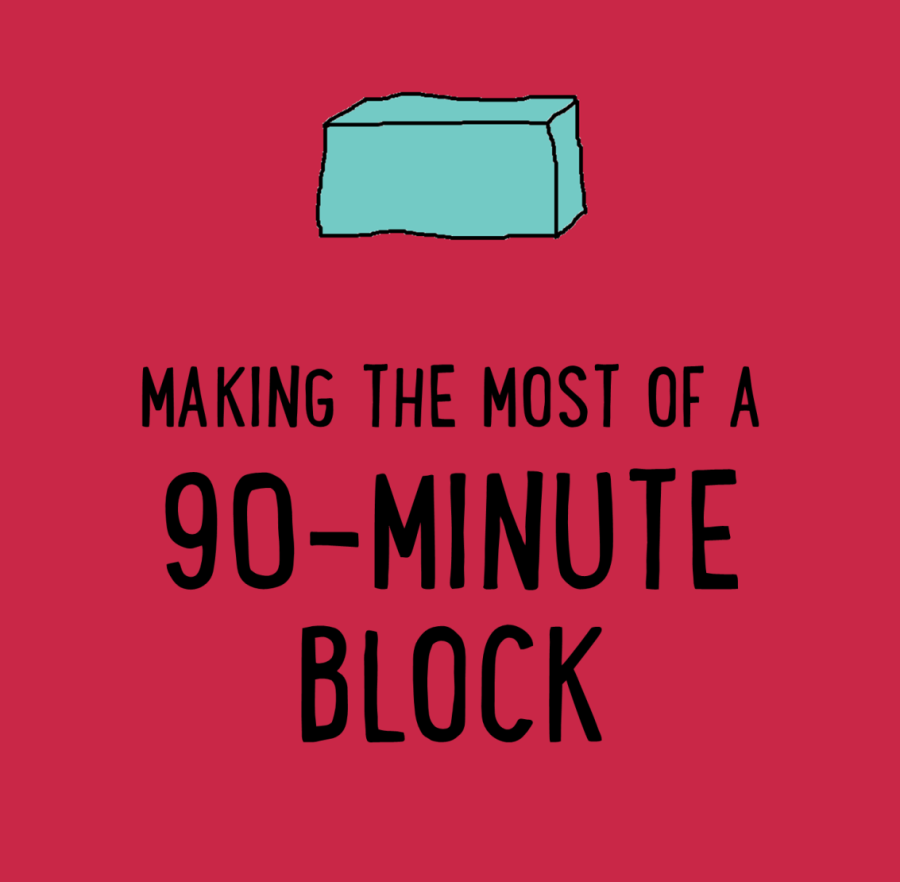A Defense of Block Scheduling
September 23, 2022
When 2,700 students and staff returned this fall to Abington Senior High, there was a myriad of changes. Two entirely new grades, shorter and fewer lunches, lunch-and-learn, and perhaps most controversial of all, block scheduling. The new system of having about 90-minute periods has been criticized by many. However, is it so terrible or is it just something we aren’t used to? How bad is block scheduling really?
The worst days from past years have always been the days with quizzes and tests piled on top of each other. I remember sometimes having as many as 5 major projects and assessments due on the same day, all requiring ample work or studying outside of class. With block scheduling, that load is eased. No longer are students needing to prepare for 7 classes a day, 5 days a week.
Another benefit of block scheduling is the longer time allotted for tests. Think of all the times in years past when you and other students have had to either finish a test at a later time after the bell rang or turn in an incomplete test due to the time. This doesn’t need to happen anymore, at least if tests start at the beginning of a class period. Another bonus is that teachers constantly running out of time to teach something in such a short window will become much rarer.
There is an additional benefit that won’t be noticed until college for most students. College classes that go on for 90 or 120 minutes are a big transition from only having the 45-minute classes during middle and high school. Block scheduling eases that adjustment by switching to a similar schedule when entering middle school.
No system is perfect, and the way Abington is doing the block schedule certainly isn’t. The “A day and B day” method is not the only way block scheduling can be done. 4×4 block scheduling has 4 classes a day, every day, for an entire semester and 4 different classes in the second semester. 4×4 isn’t perfect either but would get rid of the A-day and B-day confusion. Another issue noted is the lunch-and-learn. This isn’t necessarily a consequence of block scheduling and has more to do with the confusing nature of the learn aspect, which will be tested over time. Much of the problem is that we aren’t used to it. Give it time, and block scheduling will feel normal along with the idea of having only 45 minutes to teach a class will sound insane.
The reality is that block scheduling is not this terrible monster wreaking havoc upon the masses but rather a change we will adjust to in time. Block scheduling reduces students’ classes per day, increases class time, and eases the workload of students. The next time you hear someone complain about it, think about the stresses of past years which we don’t deal with anymore and consider how it isn’t so terrible after all.

